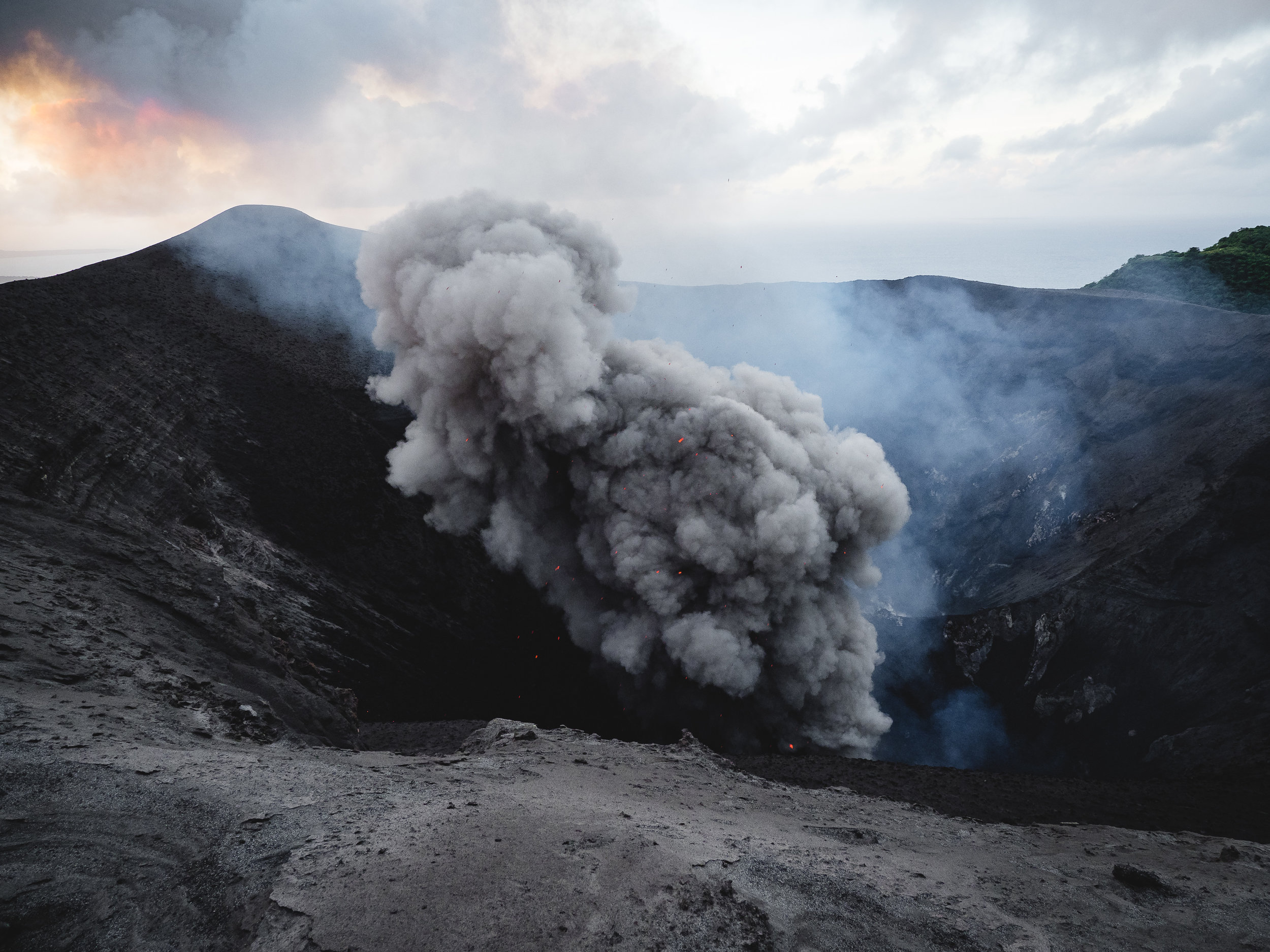The Asia Pacific region is divided into four areas made up of 40 countries and territories.
PENASIA
Peninsular Asia is comprised of five nations: Cambodia, Laos, Myanmar, Thailand, and Vietnam. It is a place of tropical beauty and rich culture. The area represents the most concentrated Buddhist population on the planet.
Asia Pacific Missions has approximately 150 people serving in PenAsia. Everywhere possible, we partner directly with our host Assemblies of God General Councils to plant, grow, resource, and missionize local churches to reach their nation. Since three of the five nations are closed to traditional missionary activity, our involvement in these countries happens through NGO’s, compassion ministries, and business as missions initiatives.
Only 1.9% of the area’s total population are followers of Christ. All the major ethnic groups in the area are considered never reached. Our passion is to follow the leading of the Holy Spirit to impact every corner of PenAsia with the love of Jesus Christ.
NORTHERN PACIFIC RIM
The Northern Pacific Rim is comprised of five nations: Japan, North Korea, South Korea, Taiwan, and Mongolia. These countries epitomize contrast. Japan's numerous islands are known for remote mountains and crowded, sophisticated cities. Mongolia only has one large city that is surrounded by a vast countryside dotted with nomads, horses and white felt tents. North Korea's people live behind the walls of a family dictatorship while South Korea is a westernized, thriving democracy with a strong Christian base. Taiwan is prosperous, high-tech and educated, but has very few followers of Christ.
The main belief systems in the Northern Pacific Rim are Shintoism, Buddhism, Taoism, ancestral worship, and idol worship.
Southeast Asia
This area has seen a mixture of progress, growth and challenge. Over 350 million people live in this region, with the most populated island being Java. The people share social and cultural ties with the peoples of mainland Southeast Asia and with other Austronesian peoples in the Pacific. A distinctive feature of Southeast Asia is its cultural diversity. Of the 6,000 languages in the world today, about 1,000 are spoken in Southeast Asia.
The main religions in this region are Islam, Christianity, Buddhism, Hinduism and traditional Animism. After World War II, the major question for politically active Muslims has concerned the relationship between Islam and the state. In countries where Muslims are in a minority (like the Philippines), this relationship is still causing tension. In Malaysia, Muslims are only around 55% of the population and there must be significant adjustments with the largest non-Muslim group, the Chinese. In Indonesia, Muslims are engaged in a continuing debate about different ways of observing the faith, and whether Islam should assume a greater role in government.
PACIFIC OCEANIA
Pacific Oceania is comprised of 30,000 islands scattered over an area larger than the combined areas of Africa, Asia and Europe. Although some of the 23 nations in this area have strong national AG churches, many remote island nations have few believers. One challenging country is Papua New Guinea, a culturally diverse nation with more than 850 indigenous languages. God is using our AG missionary workers to evangelize, disciple new believers and assist in church planting efforts among these forgotten peoples at the ends of the Earth.

